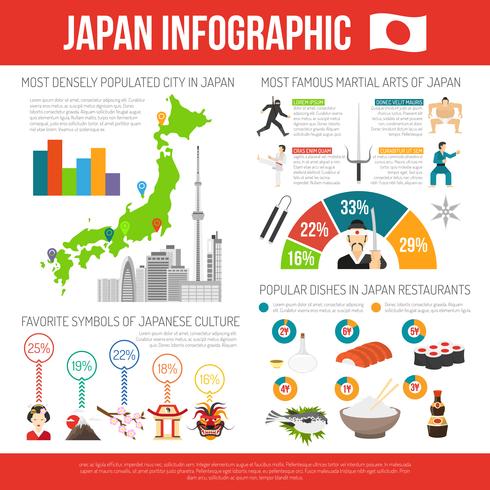Enter the ancient world where martial arts were born out of necessity in diverse regions. Societies crafted one-of-a-kind battling styles linked with historic contexts. Techniques developed over centuries through dedicated technique and cultural exchanges. Today, modern martial arts mix standard elements for maximum performance. Philosophically, martial arts stress technique, self-improvement, and consistency. Regard, humbleness, and equilibrium are fundamental concepts assisting specialists towards development and strength. Explore the midsts of this rich history and approach to discover the profound impacts shaping this enduring self-control.
Origins of Martial Arts
Fighting style came from different areas around the globe, advancing as sensible combat systems to resist hazards. These ancient combating designs were developed out of requirement, with each culture crafting strategies matched to their distinct settings and challenges. From the grappling arts of Jujutsu in Japan to the striking techniques of Kung Fu in China, martial arts were deeply linked with the historic, social, and cultural fabric of their corresponding societies.
In Japan, the samurai course refined martial arts like Kenjutsu, the art of the sword, which later on evolved into the much more promoted type of Kendo. On the other hand, in Brazil, Capoeira became a mix of dancing and combat, developed by enslaved Africans as a means to withstand fascism. Each martial art brings with it an abundant history and philosophy, mirroring the worths and ideas of the people who exercised them.
As you delve into the origins of martial arts, you uncover a tapestry of human ingenuity, strength, and the unrelenting spirit of warriors throughout time.
Evolution of Methods
Via centuries of technique and improvement, combat strategies within various martial arts have gone through a profound evolution. From types of martial arts like Martial art and Martial arts to much more modern disciplines such as Brazilian Jiu-Jitsu and Krav Maga, the advancement of techniques has been driven by a mix of cultural influences, practical applications, and technological advancements.
click here to find out more of this evolution is the cross-pollination of techniques in between different martial arts. As an example, methods from standard Japanese Jiu-Jitsu were integrated into the production of Judo by Jigoro Kano in the late 19th century. This mixing of designs has actually led to the advancement of hybrid martial arts like Mixed Martial Arts (MMA), which incorporate components of striking, grappling, and entry methods.
Moreover, the advancement of strategies has been formed by the raising focus on effectiveness and efficiency in battle. Experts have continually sought to improve their methods via rigorous training, trial and error, and competition, leading to the growth of very specialized and effective combating styles. Generally, the advancement of techniques in martial arts mirrors the dynamic nature of battle and the continuous mission for enhancement and innovation.
Philosophical Structures
Checking out the underlying philosophical concepts of martial arts offers understanding right into their core values and assisting beliefs. At the heart of several martial arts self-controls is the principle of self-control itself. By training your mind and body to serve as one natural unit, you grow self-control that expands past the dojo or fitness center right into everyday life. This self-control incorporates regard, humility, and self-control, forming not just your physical capabilities yet likewise your character.
Another basic thoughtful foundation in martial arts is the concept of continuous self-improvement. The journey of mastering a martial art is endless, with professionals regularly aiming to far better themselves, both literally and mentally. This concentrate on development promotes durability, willpower, and a development way of thinking that can be applied to all facets of life.
Furthermore, martial arts highlight the relevance of harmony and balance. Methods are created to utilize a challenger's power against them, highlighting the concept of producing and redirecting pressure instead of fulfilling it head-on. This viewpoint includes social partnerships, advertising relaxed resolutions and good understanding. By welcoming these thoughtful foundations, martial artists not only enhance their battle skills but likewise cultivate a way of life centered on individual growth, respect, and consistency.
Conclusion
To conclude, the background and philosophy of martial arts supply an abundant tapestry of custom, self-control, and self-improvement.
Consider example the story of Bruce Lee, that changed martial arts by mixing various designs and viewpoints to produce his very own special type of Jeet Kune Do.
Through when to start kid in martial arts and development, martial musicians continue to push limits and inspire others to reach their complete possibility both in fight and in life.
